Note: The P1 is almost identical to the P1S except it’s a bit thicker at 7.69mm and has a weaker capacity battery at 1670mAh.
The folks at Huawei were on hand at CES 2012 in Las Vegas to introduce to us the ultra slim and beautiful Huawei P1 and P1s. They’re the latest in a line of devices that will help push Huawei into the premium OEM status that they’ve been aiming for.
For starters, you’re looking at none other than the world’s thinnest smartphone in the P1S. They’ve managed to get the device down to a slim 6.68mm slate form factor. It’s designed to provide maximum comfort both in your hand and in your pocket and its thinness also contributes to the device’s stunning style.
The interesting thing about Huawei’s design is that they didn’t need a grossly overstated hump to fit extra components into. There’s a minor one at the bottom but it’s almost forgettable, almost like the hump on the bottom of Galaxy S II phones.
Hauwei is using a 4.3 inch Super AMOLED Plus display with qHD resolution. That’s a bit of an oddity compared to other devices which use AMOLED displays as most tend to clock in below it or in some cases (Galaxy Nexus) above it. It’s everything you’ve come to expect from this display by now. Bright, vivid, accurate and responsive. It’s protected by Corning Gorilla Glass.
We have an 8 megapixel autofocus BSI sensor that shoots 1080p HD video and is accompanied by dual LED flashes. While I wasn’t able to test the camera in an optimal environment I could tell that it wasn’t a slouch of a camera.
I would need a bit more testing to determine its position up against the likes of Samsung or Sony but I can’t imagine they’d be far behind if what they say about using the highest quality components available is true. We also have your standard 1.3 megapixel front facing camera which can shoot 720p HD video.
The device has a 1.5Ghz dual-core TI OMPA 4460 processor. Although it’s long been known that this SoC was capable of speeds higher than 1.2GHz, many OEMs have been reluctant to push it further. Huawei is going against the norm, however, and it looks like it will pay off performance wise. It did handle Android 4.0 quite well though a rep was quick to tell us that it wasn’t even fully optimized yet.
Speaking of Android 4.0, Huawei hasn’t touched the user interface much but they did add a custom lockscreen which many will find more useful than annoying. It takes its cues from the circle-based lockscreen that’s found in stock Android 4.0 but adds two more buttons for unlocking to messaging and unlocking to your phone. It’s something I wish my Galaxy Nexus had so it goes to show that some customizations do tend to be helpful for some users.
Huawei’s focus was not only beauty, but quality as well. They mentioned that they’re using all of the best components available for everything from the display to the camera and from the speakers to the microphones. The device supports Dolby Digital 5.1 surround sound + Dolby Mobile 3.0 and has noice cancellation microphones for clear call quality.
As for other specs, we have an MHL port which allows you to use an HDMI cable to output HD video. It’s becoming the norm in smartphones where things are all about compactness and simplicity while keeping a high degree of functionality these days.
1GB of RAM will help keep your apps running smooth and 4GB of internal storage (expandable via microSD card port) will store your apps and other media.
Huawei’s touting superior battery performance though its actual battery (1800mAh li-ion) is nothing special. Software optimizations are said to be the difference here. Boldly enough, they illustrated its performance up against the Galaxy S II and pretty much said that it had nothing on the P1S.
Huawei is still trying hard to break out of that ODM model they’ve made money on for years and into the premium OEM class which enjoys the likes of HTC, Sony, Samsung and more. From the looks of things they could have a sure winner on their hands but I can’t say for sure how it can hold up without using it extensively.
If any device will help them break into that category it is sure to be the P1S. It will be important for them to aggressively attack the United States market and to bolster their image worldwide. Unfortunately we don’t yet have a solid launch date but expect it in Chinese markets by the end of March 2012 with very aggressive pricing.
Be sure to take a look at our hands-on video above and more images below (including a look at the interchangeable backplates that will be available).


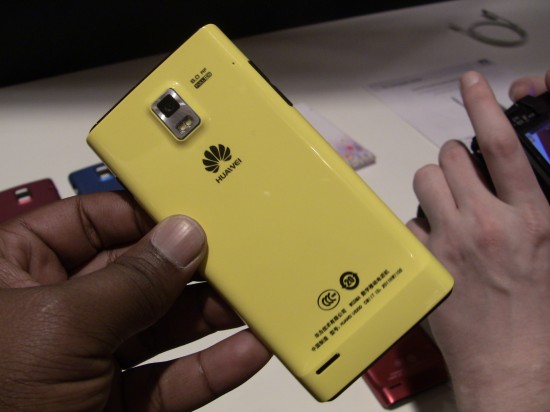







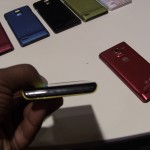









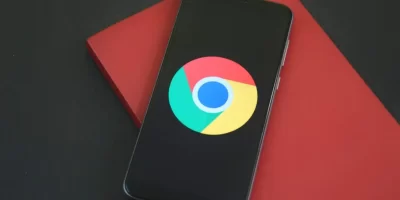

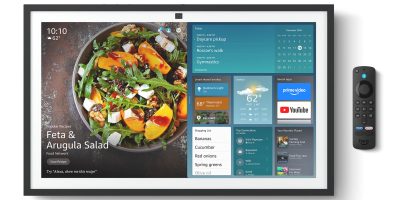
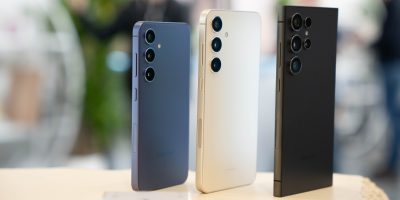
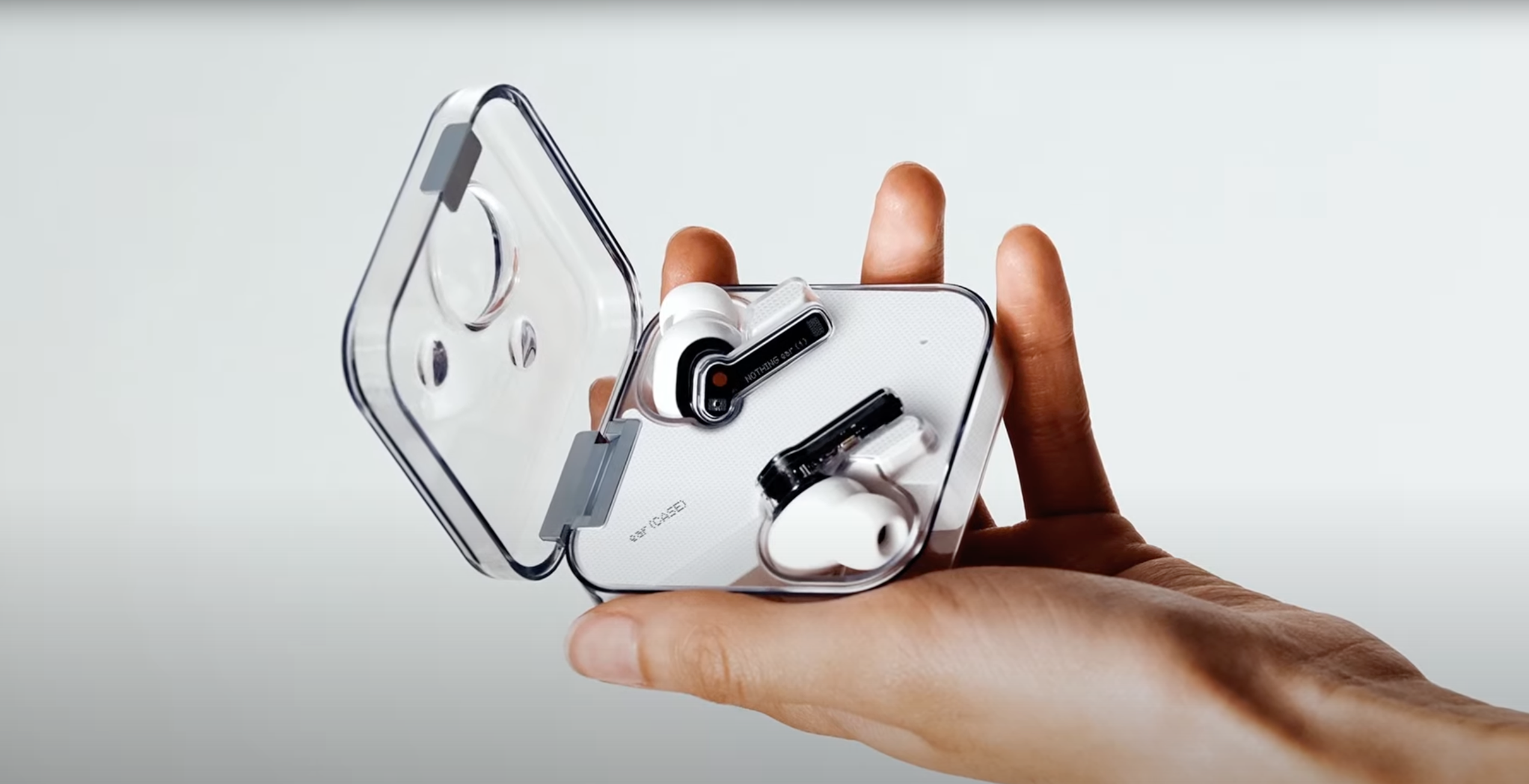



moto is the only one who uses the ugly top hump….
Sexy!
Not a big fan of any sort of physical buttons (hardware or touch) with 4.0. That, the omission of a 720p display and no NFC chip make this a little bit less impressive to me.
It looks like a great “budget” high-end phone though, I’m sure some customers will be very happy with it.
My guess they started with previous 2.x version of Android OS- that’s why there are physical buttons. I’m pretty sure that production version won’t have these buttons with 4.x android.
some may see the qhd resolution as a drawback, but i have a DX2 and qhd is just fine for me. So the 720p screen would just be a waste of processor power (more pixels require more pixel pushing)